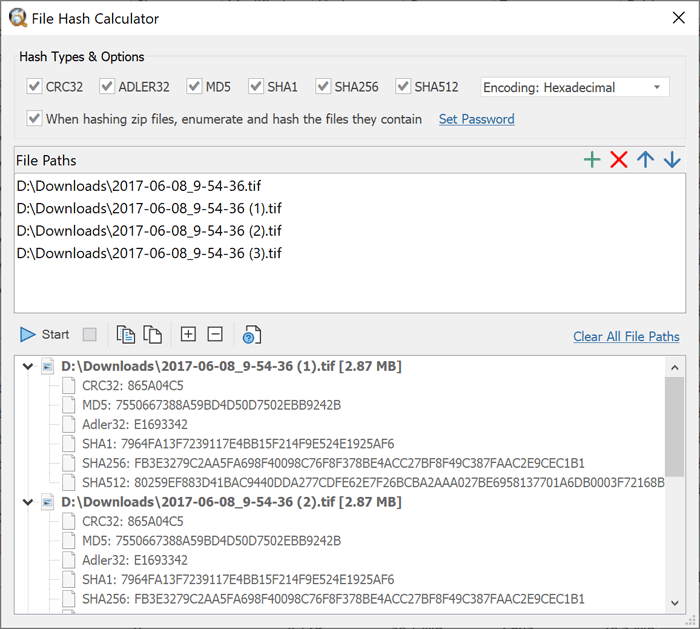

The ingester is responsible for batching up traces and pushing them to TempoDB. # note that setting these two config values reduces tolerance to failures on rollout b/c there is always one guaranteed to be failing replica # Disables write extension with inactive ingesters. # Enable to log every received span to help debug ingestion or calculate span error distributions using the logs # Enable to log every received trace id to help debug ingestion This field must be set if insecure = false. Will be used only if value of backend is "otlpgrpc". # This name can be referenced in the overrides configuration to Must be unique within the list of forwarders. This feature works in a "best-effort" manner. # Note: Forwarders work asynchronously and can fail or decide not to forward # fully enable this feature, overrides configuration must also be updated. Forwarders work on per-tenant basis, so to # Configures forwarders that asynchronously replicate ingested traces # for a production deployment you should only enable the receivers you need! # config is passed down to opentelemetry receivers # receiver configuration for different protocols For a production deployment, enable only the receivers you need.Īdditional documentation and more advanced configuration options are available in the receiver README. The following configuration enables all available receivers with their default configuration. # This value may need to be increased if you have large tracesįor more information on configuration options, see here.ĭistributors receive spans and forward them to the appropriate ingesters. # Max gRPC message size that can be received # Register instrumentation handlers (/metrics, etc.) String prefix for all http api endpoints. Setting to true enables multitenancy and requires X-Scope-OrgID header on all requests. For more information on configuration options, see here. You can find more about other supported syntax here. Where default_value is the value to use if the environment variable is undefined. References to undefined variables are replaced by empty strings unless you specify a default value or custom error text. The replacement is case-sensitive and occurs before the YAML file is parsed. Where VAR is the name of the environment variable.Įach variable reference is replaced at startup by the value of the environment variable.

You can use environment variable references in the configuration file to set values that need to be configurable during deployment using -config.expand-env option. Use environment variables in the configuration
Hash calculator burst free#
Create a free account to get started, which includes free forever access to 10k metrics, 50GB logs, 50GB traces, 500VUh k6 testing & more. You can use Grafana Cloud to avoid installing, maintaining, and scaling your own instance of Grafana Tempo.


 0 kommentar(er)
0 kommentar(er)
